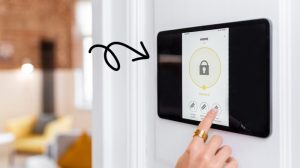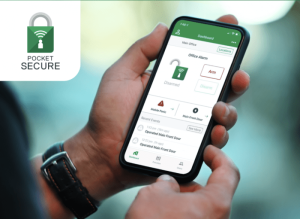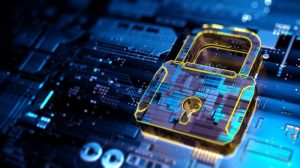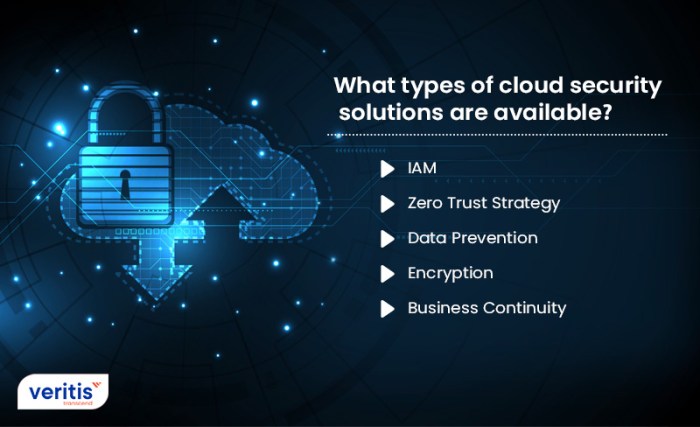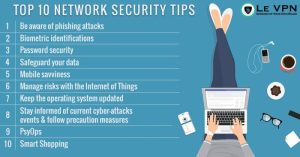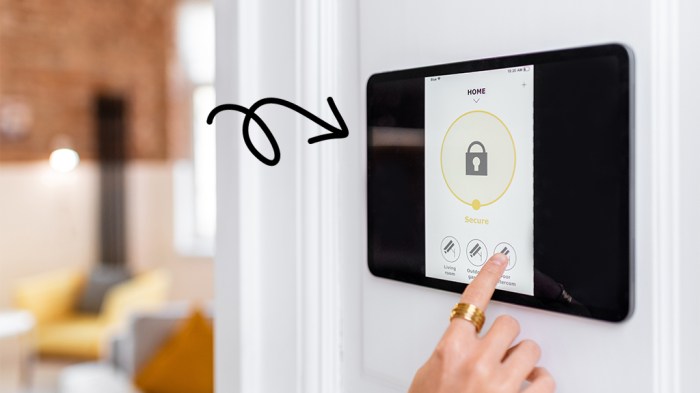
Step into the world of home security systems where safety meets innovation, offering a comprehensive guide to safeguarding your home in style.
From smart integrations to advanced alarm systems, discover how to fortify your living space with cutting-edge security solutions.
Home Security Systems

Having a home security system is crucial in today’s world to protect your loved ones and belongings from potential threats. With advancements in technology, modern home security systems offer a wide range of features to enhance the safety and security of your home.
Types of Home Security Systems
- Monitored Alarm Systems: These systems are connected to a monitoring center that alerts authorities in case of an emergency.
- Unmonitored Alarm Systems: These systems produce a loud noise when triggered to alert homeowners and neighbors of a possible intrusion.
- Wireless Alarm Systems: These systems use wireless technology for easy installation and connectivity.
- Smart Home Security Systems: These systems can be controlled remotely via a smartphone app, offering features like live video monitoring and smart home integration.
Features of Modern Home Security Systems
- Video Surveillance: Many systems offer cameras that provide live video feeds and recordings of your home.
- Motion Detection: Sensors can detect motion in and around your home, triggering alerts and recordings.
- Smart Locks: You can remotely lock and unlock doors, as well as receive notifications of door activity.
- Smoke and Carbon Monoxide Detection: Some systems include sensors for detecting smoke and dangerous gases.
- Home Automation: Integration with smart home devices for added convenience and security.
Security Cameras
Security cameras play a crucial role in a home security system by providing constant monitoring and surveillance to deter intruders and keep your property safe.
Types of Security Cameras
- Wired Cameras: These cameras are connected to a central recording device via cables, ensuring a stable connection but requiring professional installation.
- Wireless Cameras: These cameras operate over a Wi-Fi network, offering flexibility in placement and easy installation, but may suffer from signal interference.
- Indoor Cameras: Designed for indoor use, these cameras are compact and discreet, ideal for monitoring the inside of your home.
- Outdoor Cameras: Built to withstand outdoor elements, these cameras are weatherproof and equipped with night vision for monitoring the exterior of your home.
Optimal Placement of Security Cameras
- Entrances: Install cameras near all entry points, such as doors and windows, to capture any suspicious activity.
- High Traffic Areas: Place cameras in areas where people frequently pass through, like hallways or living rooms, to monitor movement inside your home.
- Blind Spots: Identify blind spots in your property and position cameras strategically to eliminate these areas from surveillance gaps.
- Elevated Locations: Mount cameras at a higher vantage point to capture a wider field of view and reduce the risk of tampering.
Alarm Systems
When it comes to home security, alarm systems play a crucial role in providing round-the-clock protection and peace of mind for homeowners. These systems are designed to detect and alert residents to potential threats such as intruders, fires, and dangerous gases like carbon monoxide.
Types of Alarms
- Burglar Alarms: These alarms are triggered by unauthorized entry into the home, typically through doors or windows. When activated, they emit a loud siren to scare off intruders and alert the authorities.
- Fire Alarms: Fire alarms are essential for detecting smoke or high temperatures in the home, signaling a potential fire hazard. They can save lives by providing early warning and allowing residents to evacuate safely.
- Carbon Monoxide Alarms: Carbon monoxide is a colorless, odorless gas that can be deadly if inhaled in high concentrations. Carbon monoxide alarms detect this gas and alert occupants to the presence of a leak, preventing carbon monoxide poisoning.
Integration with Other Security Components
Alarm systems can be integrated with other security components such as security cameras, motion sensors, and smart home devices for enhanced protection. By connecting these systems, homeowners can receive real-time alerts on their smartphones, monitor activity remotely, and coordinate a rapid response to emergencies.
Smart Home Integration
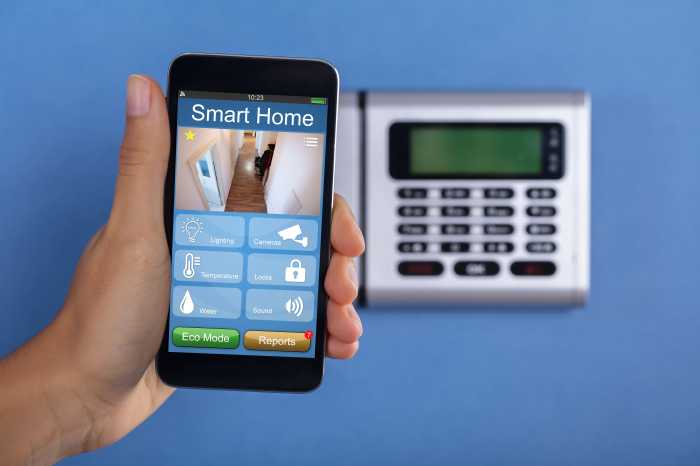
Smart home integration offers a seamless way to enhance your home security by connecting various devices and systems to work together efficiently. By integrating your home security system with smart home technology, you can enjoy added convenience, control, and peace of mind.
Benefits of Integrating Home Security Systems with Smart Home Technology
- Remote Access: You can monitor and control your home security system from anywhere using your smartphone or tablet.
- Automation: Set up automated routines for your security devices to activate or deactivate based on your schedule or preferences.
- Enhanced Security: Smart devices like smart locks, doorbell cameras, and motion sensors provide additional layers of security for your home.
- Integration with Other Smart Devices: Connect your security system with other smart home devices like lights, thermostats, and voice assistants for a comprehensive smart home experience.
Smart Devices Enhancing Home Security
- Smart Locks: Replace traditional locks with smart locks that offer keyless entry, remote access control, and activity monitoring.
- Doorbell Cameras: Get real-time alerts and video footage of visitors at your doorstep, allowing you to see and communicate with them from anywhere.
- Motion Sensors: Detect motion in and around your home, triggering alerts and activating other security measures.
Potential Vulnerabilities and Cybersecurity Risks
- Privacy Concerns: Data collected by smart devices could potentially be accessed by unauthorized parties if not properly secured.
- Network Vulnerabilities: Connecting multiple devices to the same network increases the risk of cyber attacks if the network is not adequately protected.
- Device Malfunction: Smart devices could malfunction or be compromised, leading to potential security breaches or system failures.
Conclusion
As we wrap up our exploration of home security systems, remember that peace of mind is just a technology upgrade away. Stay safe, stay secure!
FAQs
Are home security systems worth the investment?
Yes, home security systems provide invaluable peace of mind and protection for your family and belongings.
Can I install a home security system on my own?
While some systems are DIY-friendly, it’s recommended to consult a professional for optimal setup and configuration.
Do security cameras deter burglars effectively?
Yes, visible security cameras act as a deterrent to potential intruders and can enhance overall home security.
How often should I test my home alarm system?
Regularly test your alarm system at least once a month to ensure it’s functioning correctly in case of emergencies.
What should I look for in a smart home security system?
Look for features like remote access, smart device integrations, and real-time notifications for a comprehensive smart security experience.
